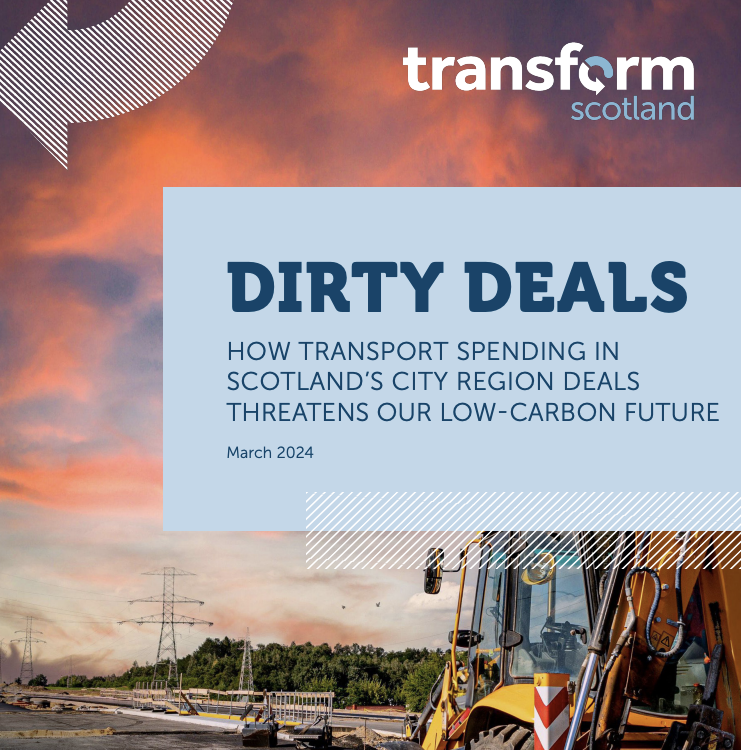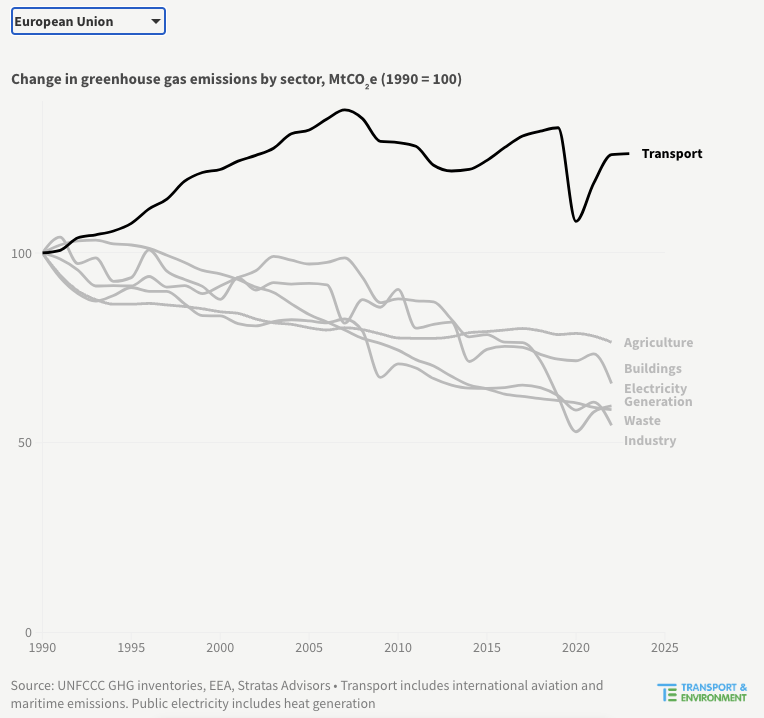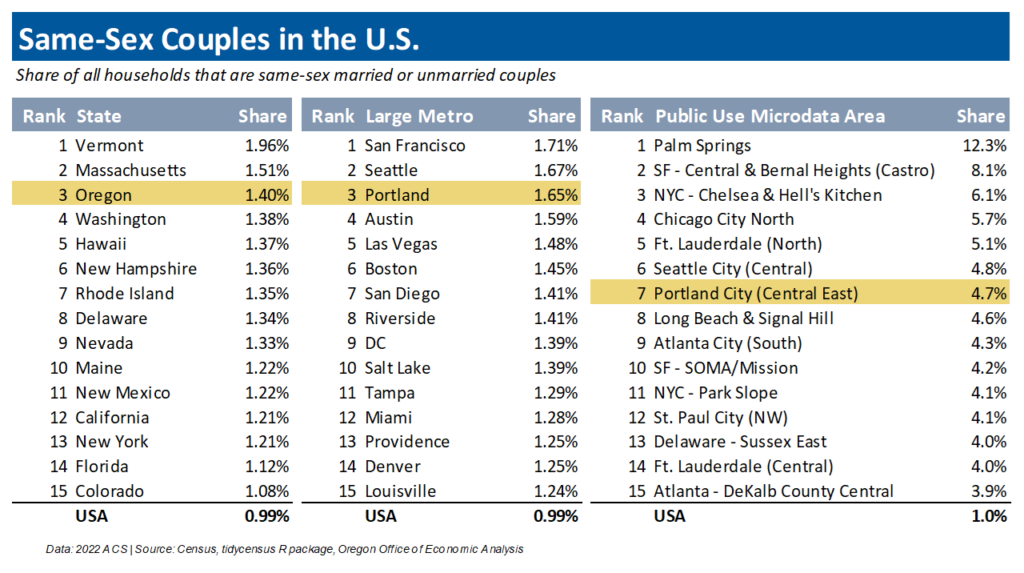What City Observatory did this week
The high cost of covering freeways. The latest fashion in highway urbanism is “capping” freeways. In theory, highway builders claim that capping freeways will repair past damage and even create new urban land. They produce gauzy green renderings of what capped freeway might look like. But urban leaders need to look closer: the cost of capping freeways is vastly greater than the value of any land created, and highway departments are, predictably, foisting the costs for these “reparations” off onto their victims, the cities gutted by freeway construction.
It turns out that as a way to create new land, capping is massively uneconomical, and doesn’t eliminate many of the most negative effects of urban freeways. While covering up a freeway made hide it from view, it does nothing to eliminate the flood of cars and their associated pollution, which simply spew out from under the covers.
Must Read
Highway expansion undermines Scotland’s Climate Commitments. A new report from Scottish environmentalists shows that funds from the national government are being used as part of partnership deals with local cities and are contributing to increasing vehicle travel and car dependence. The national government has committed nearly 5 billion pounds to deals in Glasgow, Edinburgh and other cities, but many of the selected projects simply widen or otherwise expand road capacity.
Transform Scotland reports that 71 percent of the transportation spending in the deals is “high carbon” infrastructure like road widening, and says that the strategy fails to evaluate the environmental effects of the projects, and flies in the face of Scotland’s legally binding agreements to reduce greenhouse gas emissions. Transform Scotland’s Colin Howden told the BBC that rather than transforming cities, the deals had:
“. . . instead blown the cash on a new round of road-building that will inevitably generate more traffic and higher emissions. . . . We’re fed up with Scotland’s political class mouthing empty platitudes about ‘net zero’ and ‘anti-poverty’ yet decade after decade making deliberate decisions to build new infrastructure that makes the country’s climate failure more and more certain, and neglects to provide fairer access to transport for the country’s poorest.”
Transform Scotland recommends that all road building projects included in the deals should be halted pending a climate change assessment, and that deals be re-structured to prioritize investment in low-carbon transport options that would help Scotland achieve its stated climate goals. Their report makes specific reference to the Welsh government’s decision to suspend most highway expansion programs last year.
Crime went down, even though most people think it went up. One of the most persistent tropes of the era is the idea that crime is somehow rising or higher than it has ever been. A recent report from PBS juxtaposes actual data on violent crime with polling data on perceptions of crime rates. While most Americans think crime went up in 2023, initial data suggest that the nation experienced one of its biggest decreases in crime ever. Jeff Asher of AH Analytics told PBS
. . . with that Gallup poll, what’s more concerning to me is that 77 percent of Americans think that crime rose in the last year. And all of the evidence that we have show that murder declined, and declined significantly, possibly the largest one-year decline ever.
The preliminary data shows that violent crime and property crime likely fell.
Unfortunately, too many in the media (and in politics) are not about to let the facts get in the way of a preferred narrative.
One of these things is not like the other. A new report tracking progress in reducing greenhouse gas emissions in Europe shows that most countries are making progress on reducing emissions in most economic sectors: with one glaring exception. Transport emissions, largely from road traffic, but also from other sources, including air travel, are stubbornly resisting policies to cause their decline. Aside from a sharp but brief dip during the pandemic, transport emissions have remained well above 1990 levels for most of the past 20 years.
According to the authors of the report, the NGO “Transport and Environment, “This untethered growth resulted in transport becoming the largest source of greenhouse gas emissions in the EU, exceeding 1 gigatonne.” The report underscores that even in Europe, shrinking the carbon footprint of a car-dependent transportation system is happening far slower than needed to achieve our climate goals.
New Knowledge
The geography of single sex couples in the US. Oregon economist Josh Lehner has mined Census data to compute the fraction of same-sex couples living in every metropolitan area in the US. Unsurprisingly, San Francisco has the highest share of its population in same-sex couples (about 1.7 percent) followed closely by Seattle and Portland.
At a state level, Vermont, Oregon and Massachusetts have the highest fractions of same sex couples. A national map of the relative concentration of same sex households shows a familiar bi-coastal pattern, with the most common concentrations of same sex couples in large metro areas in the Northeast and West Coast (lighter yellow shading), and much lower concentrations of same sex couples in the Midwest and South. (This map includes only metro areas; rural areas aren’t shown (shaded white).
Josh Lehner, “Same Sex Couples” Oregon Office of Economic Analysis, March 20, 2024. https://oregoneconomicanalysis.com/2024/03/20/same-sex-households/





